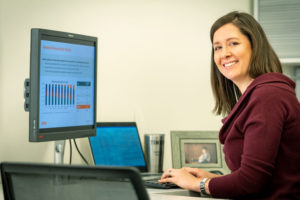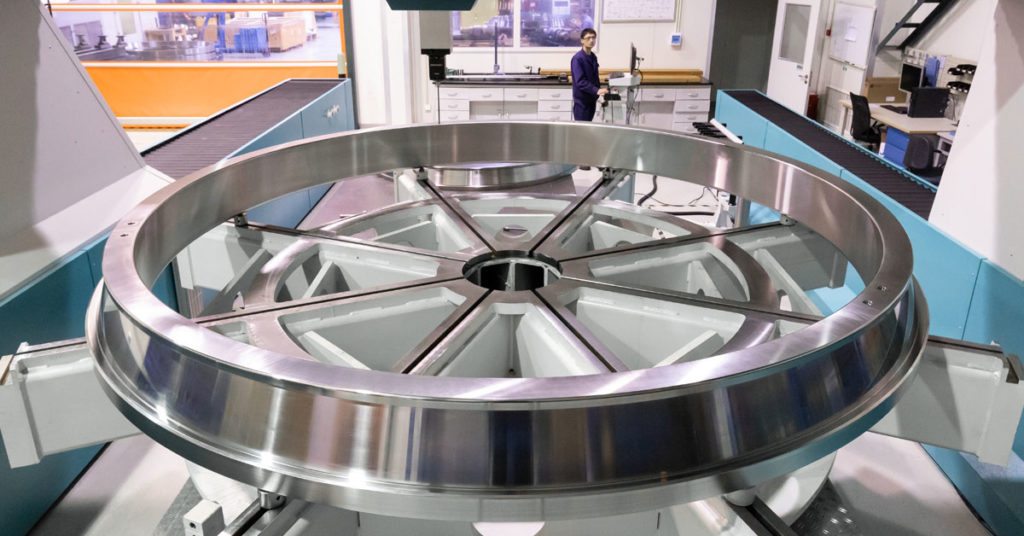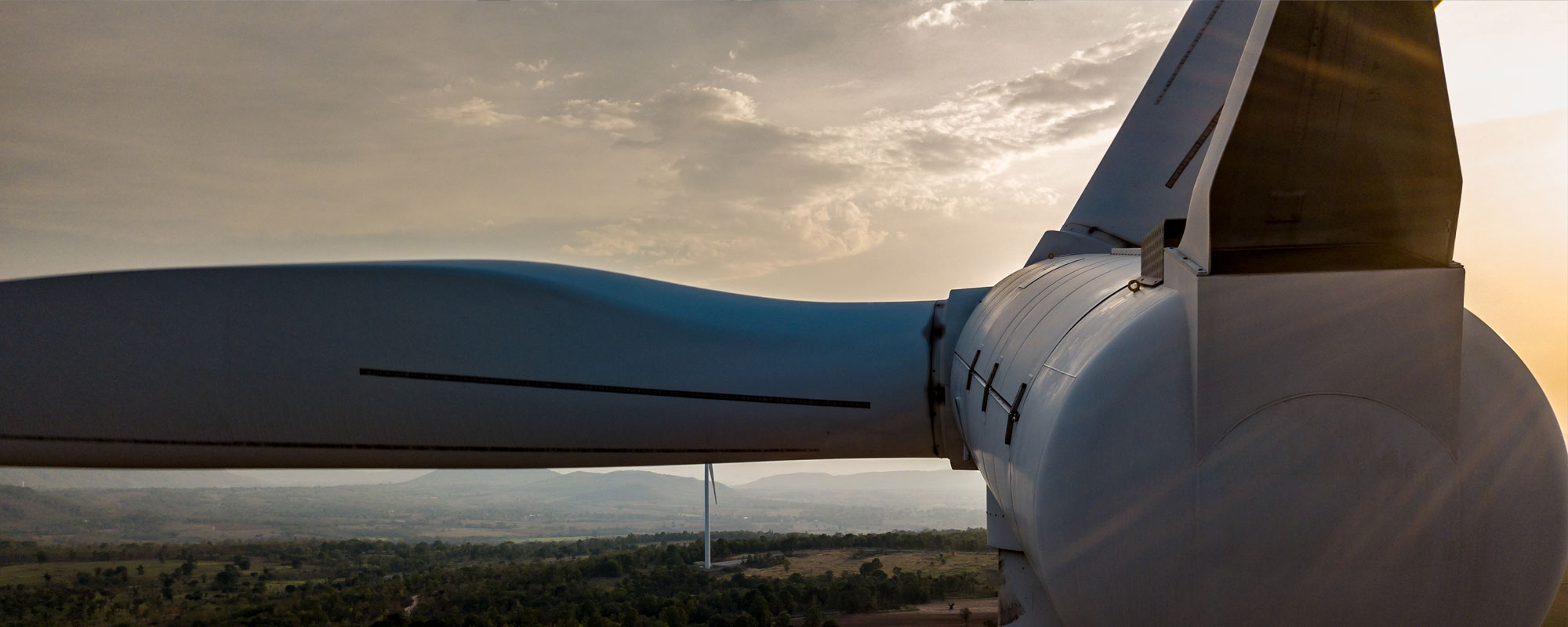Growth
More Power, More Efficiently: How TRBs Are Transforming the Wind Industry
As the manager of strategic growth in wind energy, it’s Marlé Fernandes’ job to keep Timken at the forefront of the world’s transition to renewables.
Manager, Strategic Growth in Wind

Location: WHQ, Ohio, United States
Home Country: South Africa
On Timken’s CSR integrity: Establishing connections between associates who would never otherwise work together
Working on: A Master of Science degree in energy policy and climate “Because I think it’s important for anyone who aspires to lead to have a perspective on the impact of our decisions.”
On her colleagues: “Everything we do, we do together. It’s collective teamwork.”
Timken is an engineering-driven company that thrives on innovation, and trends point to an increasing need for tapered roller bearings (TRBs) in wind turbines — technology that Timken engineers have spent more than a century perfecting.
Fernandes spends her time assessing macrotrends in the market and then making sure Timken engineers have the resources and technology in place to help wind turbine manufacturer and operator customers lead in an extremely competitive industry.
A relentlessly growing and evolving industry
The macrotrends aren’t hard to identify. “Wind energy is growing. We’re bullish,” says Fernandes. “There’s huge momentum around renewable energy, and wind is a big pillar of that.” As corporate players push out new environmental, social, and governance (ESG) and corporate social responsibility (CSR) goals, they rely on renewable energy sources to help achieve them.
The physical size of wind turbines is also growing because the larger the turbine, the more efficient its power production. “Everyone is chomping at the bit to release the next largest turbine,” says Fernandes. “As we work on one, another is being launched. It’s a very aggressive market.”
At the end of the day, those enormous turbines must prove themselves enormously reliable, she says. “Renewables have to produce a good, affordable cost of electricity to compete with anything else out there, so reliability and cost are key.”
The limits of SRBs in the mainshaft position
Today’s commercial wind energy industry began to take off in Europe in the 1990s, when a packaged two-row spherical roller bearing (SRB) occupied the mainshaft position in most turbines. Designers anticipated high bearing misalignment during wind bursts and gales, and SRBs deal with misalignment well.
Fast forward to the mid-2000s, and turbines were reaching multi-megawatt capacity but the SRB mainshaft arrangement was seeing high failure rates.
“Timken engineers looked at it and said, ‘Actually, SRBs are good at misalignment, but they’re not good at axial loading,’” says Fernandes. “Heavy axial loading on an SRB can cause damage to the bearing itself, and result in unwanted load transfer to the next component — in this case, the gearbox — load it’s not designed to receive.”
Timken helped aftermarket customers lengthen turbine life by coating mainshaft SRBs with the company’s ES302 wear-resistant ceramic coating. Timken engineers also built a reputation for putting reliable tapered and cylindrical roller bearings into turbine gearboxes.
Along the way, they also designed the Tapered Double Inner (TDI) bearing for wind applications, which has provided a drop-in solution for many mainshaft SRB’s.
“Some OEMs still put new turbines up using ultra-large bearings in the four- to six-meter range,” says Fernandes, “but those designs have their concerns. For one thing, the scale isn’t there. With those ultra-large bearings, you run right up against industrial manufacturing capability. There’s just not that many applications in the world that need a ring six meters in diameter.”

The 2TS future
As turbines grew in size, OEM designers discovered they could further reduce bearing size by increasing the distance between the two bearing rows with the leadership of Timken. Instead of installing one, two-row package bearing, they began designing for two, single-row bearings — set apart, which made the system stiffer and capable of handling larger loads. Now, as turbines increase in size, the bearings and ancillary components can remain reasonably sized and cost effective.
Because bearing manufacturers design the two, single-row bearings independently of each other, they can dial in on exactly what the application needs at each load point. “The two-bearing design helps us cover a lot more ground in terms of reliability. A TRB is a better solution because you can manage and design it at the right angle to manage axial as well as radial loading,” says Fernandes.
Timken has built a thriving business serving the wind energy industry — not just with bearings but also with couplings and automatic lubrication systems. “Our market share position in gearboxes is a testament that the industry trusts us,” she says.
With increasingly more interest in TRBs, particularly two tapered singles (2TSs) in turbine main-shaft positions, Fernandes expects Timken’s reputation for wind energy expertise to strengthen over the next decade.
“We have a longstanding leadership position in tapered roller bearings,” say Fernandes. “We also have a unique perspective — with a view across different applications, different positions in the gearbox and different power transmission product lines. That background helps us understand wind energy applications innately so we can further drive innovation in renewables,” she says.
___________________________________________________________________
Wind turbine designers connect with Timken for technical solutions throughout the drivetrain. Read how the company’s capabilities in couplings and other power transmission components help make wind energy more technically and economically viable.
Published: 2022/03/7
